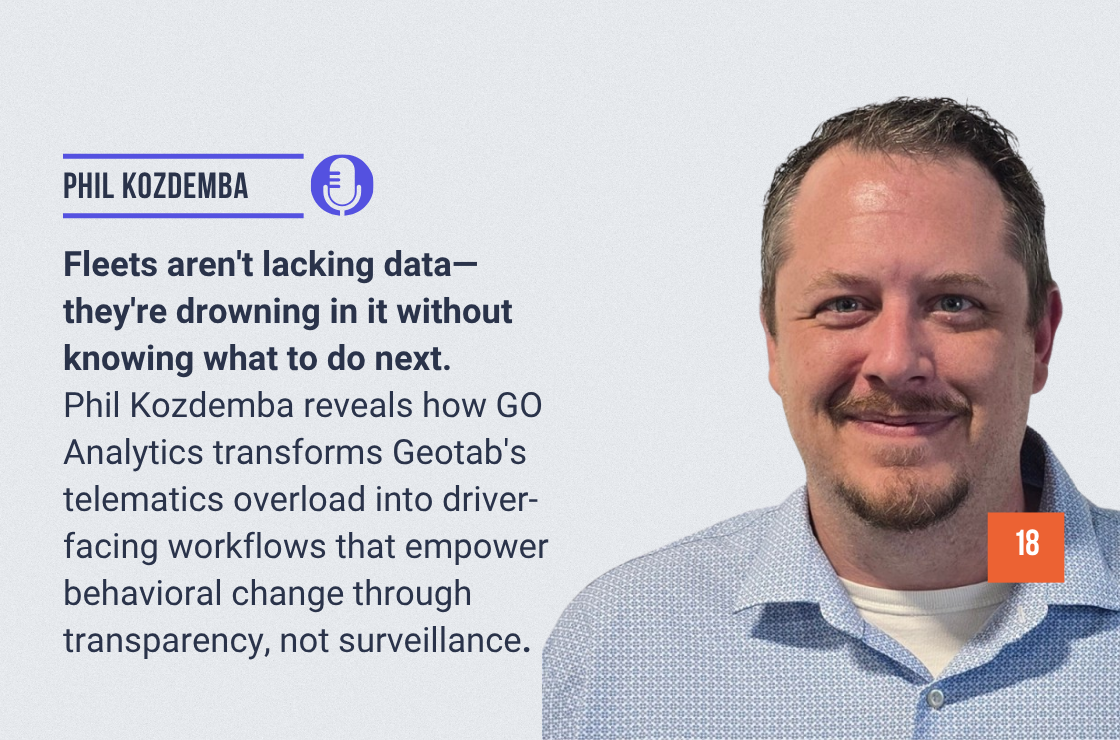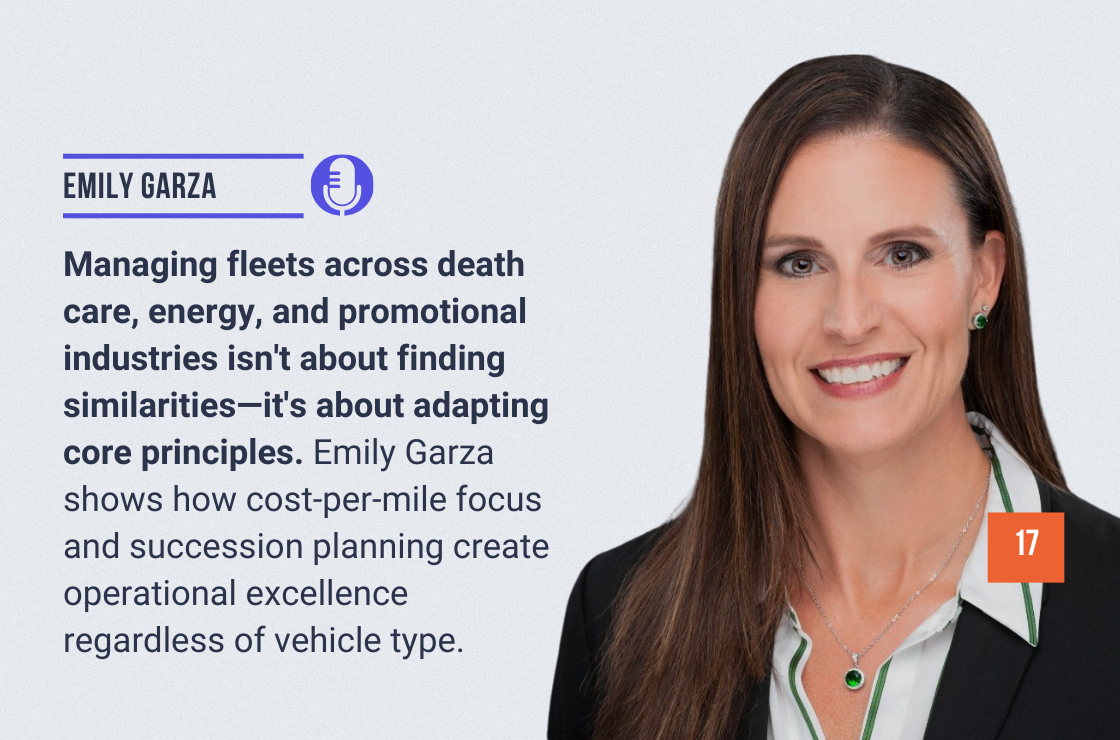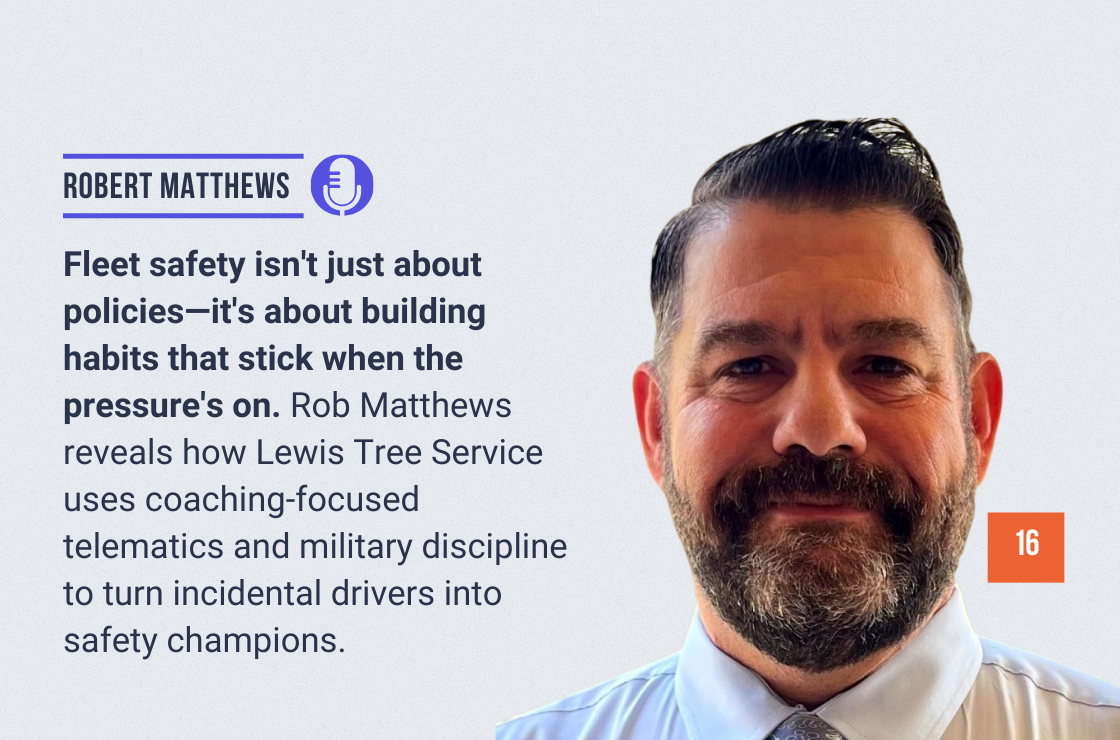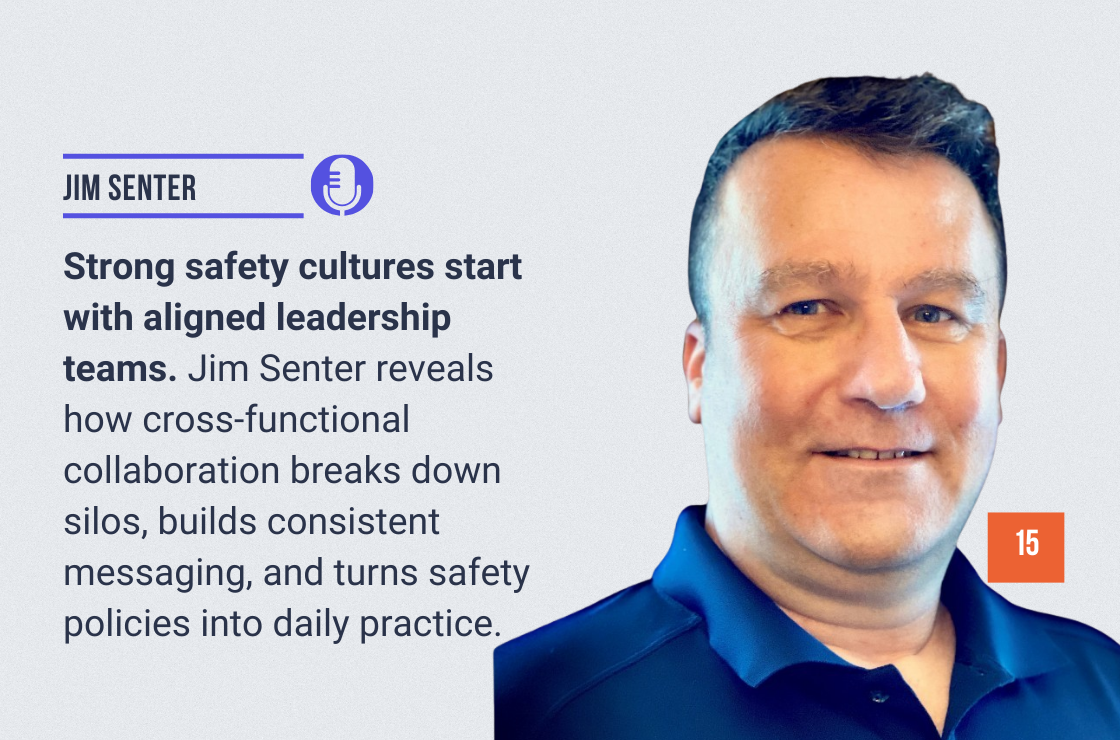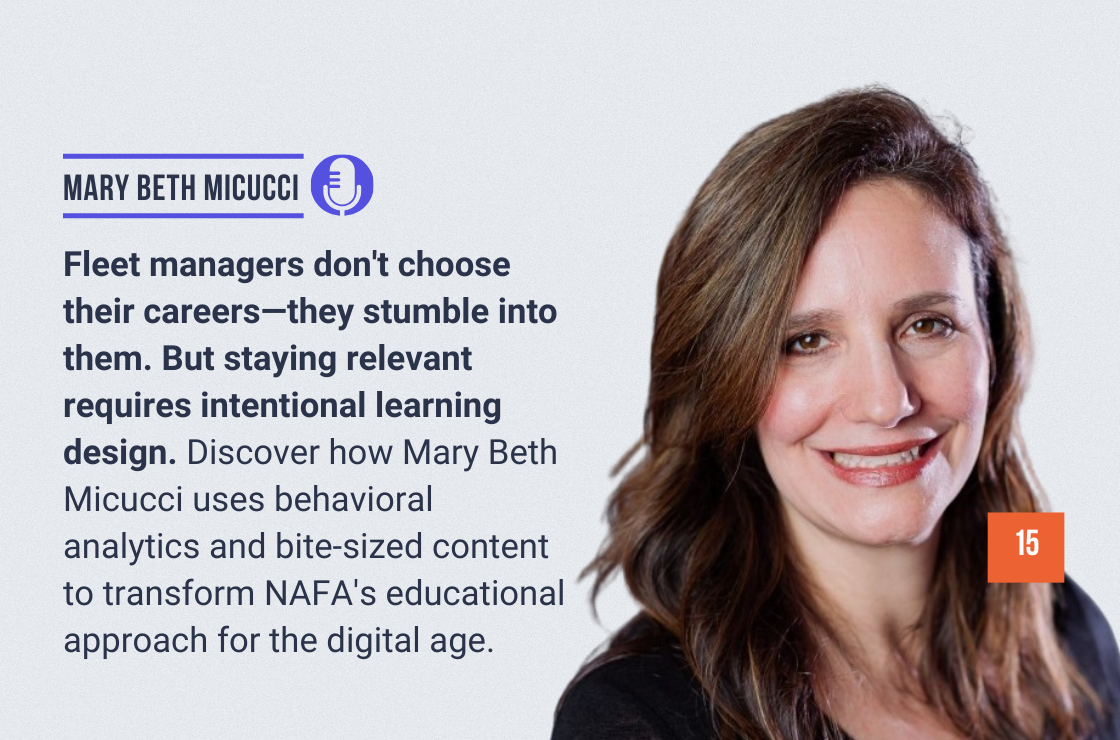
Mary Beth Micucci, DES, is a dynamic leader in learning strategy and digital engagement. As Director of Member Learning at NAFA, she leads the development of impactful programs like the Certified Automotive Fleet Manager (CAFM) credential. With a background spanning instructional design, behavioral analytics, and digital event strategy, Mary Beth brings a unique blend of creativity and precision to every project. She is recognized as a voice in the digital event space, known for creating experiences that drive real engagement and results.
Here’s a glimpse of what you’ll learn:
- [02:30] Mary Beth’s journey from medical association management to fleet industry education
- [05:00] NAFA’s three pillars: efficiency, sustainability, and safety across all educational programs
- [07:15] Meeting the learning needs of younger generations through interactive, bite-sized content
- [10:45] Using job task analysis to ensure curriculum relevance and identify content gaps
- [13:20] How telematics and rapidly changing technology drive the need for agile training updates
- [15:45] Why behavioral change requires more than awareness—and what actually drives results
- [19:30] The power of survivor stories and real-world success cases in safety training
- [22:00] Measuring training success beyond revenue: engagement, completion rates, and organizational ROI
- [25:15] The growing trend of CAFM certification and its impact on career advancement
- [28:30] Building effective learning cultures by listening to your audience first
- [32:00] The magic wand moment: making distracted driving education universal
In this episode…
Fleet managers often find themselves in their roles by accident—no one grows up dreaming of managing vehicle fleets. Yet these professionals are responsible for critical decisions that impact safety, efficiency, and organizational success. How do you create effective learning programs for an audience that didn’t necessarily choose their career path?
According to Mary Beth Micucci, Director of Member Learning at NAFA, the answer lies in understanding how people actually learn and meeting them where they are. She explains how NAFA has transformed its educational approach by embracing interactive e-learning, bite-sized content delivery, and data-driven curriculum development. From TikTok-inspired micro-learning to comprehensive certification programs, the organization is adapting to serve both seasoned fleet managers and the younger generation entering the field.
In this episode of RoadRageous, hosts Liam Hoch and Chad Lindholm sit down with Mary Beth to explore the evolution of fleet education. They discuss the challenges of behavioral change in safety training, the importance of listening to your audience before creating content, and why the future of learning lies in making education accessible, engaging, and immediately actionable.
Quotable Moments:
- “No one ever said they wanted to grow up and be a fleet manager.”
- “If you don’t change and meet the needs of the upcoming generation, you’re just going to be out of touch and they’re going to find content elsewhere.”
- “If you don’t do anything, change will not happen.”
- “Unfortunately, it will take a tragedy to change behavior. What can we do to show that you don’t need the tragedy?”
- “Our policies worked. Everybody knew what they needed to do. We were up and running five days before they thought we would be.”
- “Don’t just decide that we need to do this. Just because you build content that you think is important doesn’t necessarily mean it’s important to your audience.”
- “The magic wand would be conjuring everybody to truly drive safely and understand the value of not texting.”
Action Steps:
- Diversify learning delivery methods: Offer content in multiple formats including e-learning, audio, video, and traditional materials to accommodate different learning styles
- Conduct regular job task analysis: Evaluate curriculum relevance every few years using data to ensure training meets current industry needs
- Listen to your audience first: Survey and socialize with learners to understand pain points before creating new training content
- Focus on behavioral analytics: Track not just completion rates but engagement patterns and real-world application of training
- Create bite-sized learning modules: Develop content that can be consumed in 5-10 minute segments to match modern attention spans
- Use real success stories: Incorporate testimonials from organizations that have benefited from proper policies and training implementation
- Measure organizational ROI: Track how training translates to cost savings, policy compliance, and operational efficiency
Transforming Fleet Education Through Strategic Learning Design
In a recent episode of RoadRageous, hosts Liam Hoch and Chad Lindholm welcomed Mary Beth Micucci, Director of Member Learning at NAFA, to discuss the evolution of fleet education and the challenges of creating effective learning programs for diverse audiences. The conversation centered on adaptive learning strategies, behavioral change methodologies, and the critical importance of data-driven curriculum development.
The Evolution of Association-Based Learning
Mary Beth shared her journey from medical association management to fleet industry education, highlighting how her experience with early virtual education platforms shaped her approach to member learning. Her background in instructional design and behavioral analytics brought a fresh perspective to NAFA’s educational offerings, emphasizing the need for engaging, interactive content over traditional static materials.
Key Discussion Points:
- NAFA’s Three-Pillar Approach: All educational content flows through efficiency, sustainability, and safety frameworks, ensuring comprehensive coverage of fleet management fundamentals while maintaining strategic focus.
- Generational Learning Preferences: The organization has adapted to serve younger learners who expect TikTok-style, bite-sized content alongside traditional comprehensive programs for seasoned professionals.
- Data-Driven Curriculum Development: Regular job task analysis ensures training content remains relevant and identifies emerging skill gaps in the rapidly evolving fleet technology landscape.
- Interactive E-Learning Design: Modern training modules require user interaction every 10 seconds to maintain engagement, moving away from passive content consumption.
- Behavioral Change Challenges: Mary Beth emphasized that awareness alone doesn’t drive behavioral change—particularly in safety training where it often takes tragedy to motivate action.
- Success Measurement Beyond Revenue: The organization tracks certification completion rates, learner engagement patterns, and organizational ROI to measure training effectiveness.
- The CAFM Certification Trend: The Certified Automotive Fleet Manager credential has seen significant growth, with more professionals adding this designation to their LinkedIn profiles as industry recognition increases.
Real-World Impact and Future Directions
The episode highlighted successful case studies, including an organization that used proper policy implementation and training to recover from a tornado five days ahead of schedule. Mary Beth discussed ongoing studies to measure how individual certification translates to organizational benefits, helping justify training investments through measurable cost savings and risk reduction.
Conclusion:
Mary Beth’s insights demonstrate that effective fleet education requires a strategic blend of traditional learning principles and modern delivery methods. By understanding audience needs, leveraging behavioral analytics, and maintaining curriculum relevance through data analysis, organizations can create learning cultures that drive real operational improvements while preparing the next generation of fleet professionals for an increasingly technology-driven industry.
Resources mentioned in this episode:
- Mary Beth Micucci on LinkedIn
- NAFA Fleet Management Association
- NAFA Certified Automotive Fleet Manager (CAFM) Program
- NAFA Institute and Expo
- NAFA Safety Symposium
- NAFA Fleet Safety Book and Certificate Program
- Liam Hoch on LinkedIn
- Chad Lindholm on LinkedIn
- IMPROVLearning
Sponsor for this episode:
This episode is brought to you by IMPROVLearning.
At IMPROVLearning, we’re dedicated to transforming driver education through innovative, research-backed training methods.
Our SPIDER™ Driver Training platform combines humor with proven brain-training techniques to help drivers anticipate and avoid potential dangers on the road.
With over four million students trained, we know that learning sticks best when it’s engaging, short, and actively tested — resulting in fewer crashes, violations, and safer drivers overall.
To learn more about how IMPROVLearning makes roads safer one driver at a time, visit improvlearning.com.



